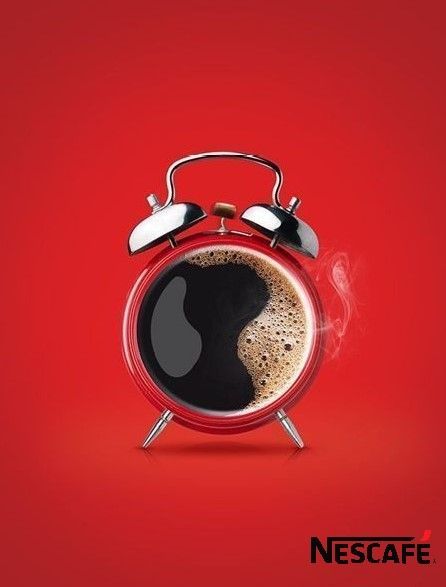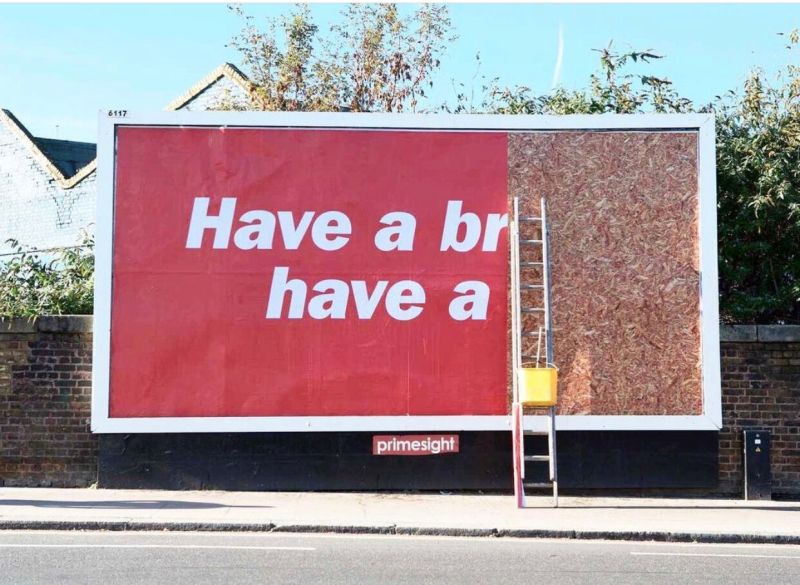
Author: David Greenwood
💎 How the tiniest of nudges can affect honesty (email versus pen)
NINETY-TWO PERCENT OF GRADUATE STUDENTS LIED
Charles Naquin (2010) from DePaul University and his colleagues have conducted research on honesty in people when using email versus pen and paper.
In one study, forty-eight graduate business students were each given $89 (imaginary money) to divide with their partner; they had to decide whether to tell their partner how much money was in the kitty, as well as how much of the money to share with their partner. One group communicated by email and the other group by a handwritten note. The group that wrote emails lied about the amount of money (92 percent) more than the group that was writing by hand (63 percent). The e-mail group was also less fair about sharing the money, and felt justified in not being honest or fair.
Excerpt from: 100 Things Every Designer Needs to Know About People (Voices That Matter) by Susan Weinschenk
💎 Trump has one negotiating tactic (anchoring – begin with an absurd ask)
MY STYLE of deal-making is quite simple and straightforward. I aim very high, and then I just keep pushing and pushing and pushing to get what I’m after. Sometimes I settle for less than I sought, but in most cases I still end up with what I want.
Excerpt from: Trump: The Art of the Deal by Donald Trump and Tony Schwartz
♦️ Windex Clear View
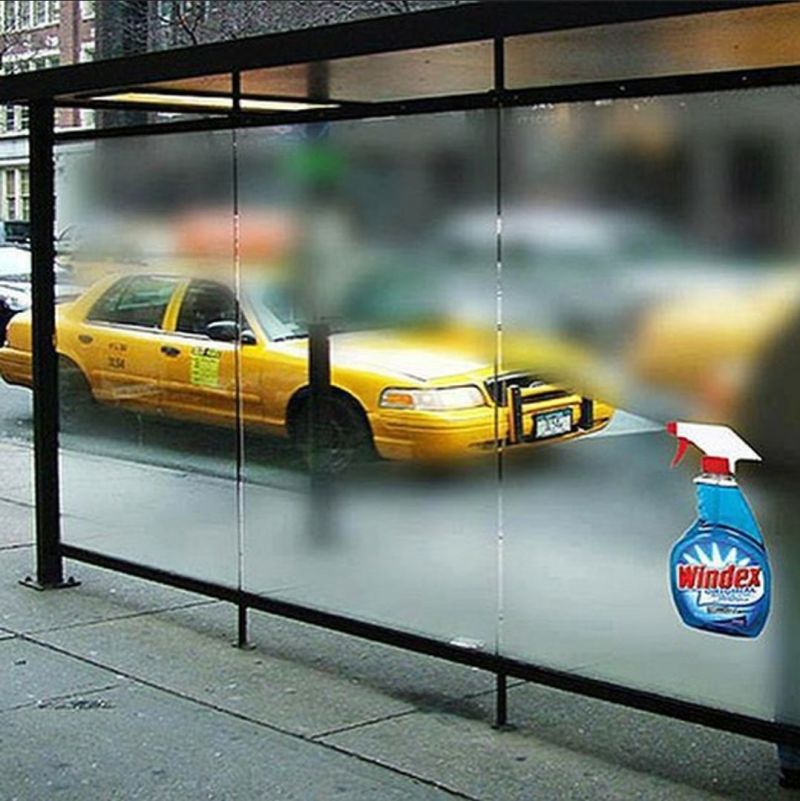
💎 On the similarities between comedy and advertising (in particular on leaving enough space for the audience to be involved in the interpretation)
So all humour, however broad and however universally understood, is implicit rather than explicit: an explicit joke is either not explicit or not a joke.
All good comedians, all good storytellers, all good makers of advertisements, entice their receivers into willing and constructive collaboration It’s a skilful, delicate and difficult thing to do – particularly in advertising where the pressures of committees and cost tend to favour the ‘explicit, the ‘unambiguous’, the ‘message that just can’t fail to be understood.
But the measure of a good joke is much the same as the measure of a good advertisement (judging it now purely in terms of its communications effectiveness). Has it asked enough, but not too much, of its selected audience? Has it allowed that audience to see something for itself? (Whether, in the case of the advertisement, what the audience comes to see is the most persuasive and relevant thing is clearly another question.) So the principles of humour and the principles of commercial persuasion are very close.
Excerpt from: Behind the Scenes in Advertising, Mark III: More Bull More by Jeremy Bullmore
♦️ Volkswagen Happy Easter

💎 We are more likely to remember concepts if they are presented to us as pictures rather than words (the picture superiority effect)
A PICTURE SPEAKS A THOUSAND WORDS
We are more likely to remember concepts if they are presented to us as pictures rather than words.
For example, one study of discharged emergency room patients provided half of the participants with text-only instructions to properly care for their wounds, whilst the other half were given both text and cartoon depictions of each step. Three days later, 46% of patients given illustrated instructions demonstrated perfect recall of the prescribed techniques, compared to just 6% in the text-only condition.
UNSEEN OPPORTUNITY
By adding pictures and visual context into your goals, meetings, or even briefs, you can help others digest and retain
Excerpt from: The Unseen Mind by Ogilvy UK
💎 On our minds working on problems even when we’re not consciously thinking about them (John Cleese)
Graham and I thought it was rather a good sketch. It was therefore terribly embarrassing when I found I’d lost it. I knew Graham was going to be cross, so when I’d given up looking for it, I sat down and rewrote the whole thing from memory. It actually turned out to be easier than I’d expected.
Then I found the original sketch and, out of curiosity, checked to see how well I’d recalled it when rewriting. Weirdly, I discovered that the remembered version was actually an improvement on the one that Graham and I had written. This puzzled the hell out of me.
Again I was forced to the conclusion that my mind must have continued to think about the sketch after Graham and I had finished it. And that my mind had been improving what we’d written, without my making any conscious attempt to do so. So when I remembered it, it was already better.
Chewing this over, I realised it was like the tip-of-the-tongue phenomenon: when you can’t remember a name, and you chase after it in your mind
Excerpt from: Creativity: A Short and Cheerful Guide by John Cleese
♦️ Apple Computer Adam
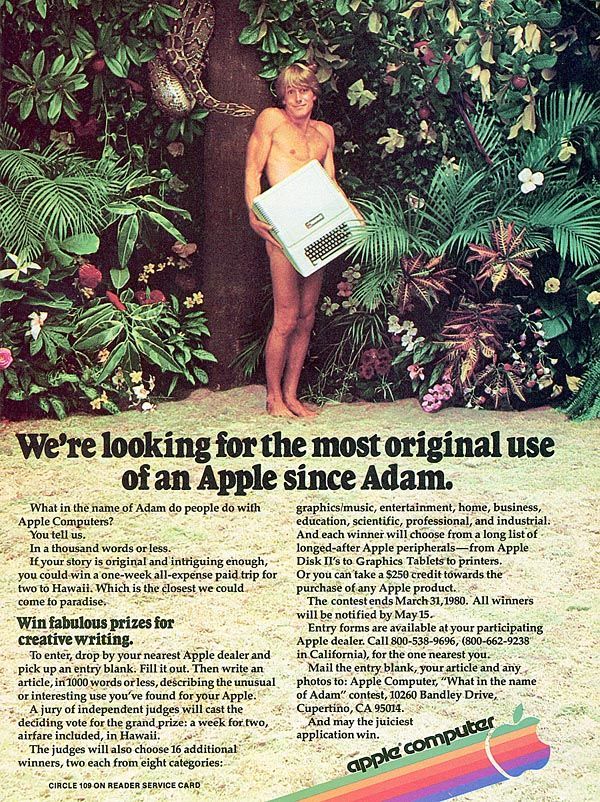
💎 The importance of leaving room for the audience to participate whether it’s a screenplay or an ad (arriving late and leaving early)
Goldman has never written a commercial in his life yet you’ll learn more from his storytelling on how to write for the screen than you will from some advertising expert. And you’ll learn in a memorable and entertaining way – what could be better? There is one piece of advice he offers, in particular, about writing a scene that I love. || It’s a piece of advice that could be well employed by most writers: ‘Come in late, leave early’. || And Goldman’s not talking about the hours you keep. His point is that most writers leave nothing for the audience to do – the writer over explains. || When you write a scene, and it could be a screenplay or it could be a television commercial, whatever you do, you must leave room for the audience to participate. You have to get them engaged in the process – that way you’ll get them wanting more. || With screenwriting you move from scene to scene, twisting, turning and surprising, so predictability is the death of a screenplay, as it is for those of us who write television commercials.
If I can work out what’s coming why bother watching? Surprise is a fundamental factor in making something memorable.
Excerpt from: Hegarty on Advertising: Turning Intelligence into Magic by John Hegarty
♦️ Moms Demand Action Banned in America
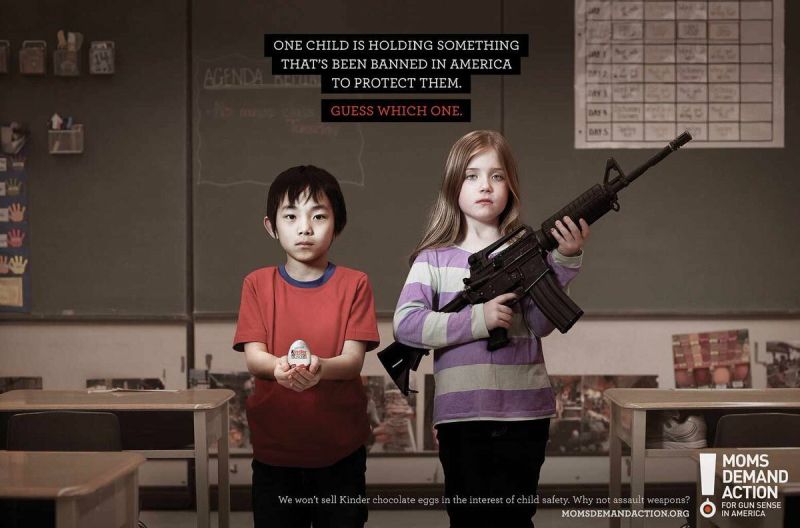
💎 Kleiner Perkin’s tactic for avoiding their staff developing entrenched positions in meetings (flip-flop)
Another renowned venture capitalist, Kleiner Perkins’s Randy Komisar takes this idea one step further. He dissuades members of the investment committee from expressing firm opinions by stating right away that they are for or against an investment idea. Instead, Komisar asks participants for a “balance sheet” of points for and against the investment: “Tell me what is good about this opportunity; tell me what is bad about it. Do not tell me your judgment yet. I don’t want to know.” Conventional wisdom dictates that everyone should have an opinion and make it clear. Instead, Komisar asks his colleagues to flip-flop!
💎 Contingent rewards can reduce intrinsic motivation (we are motivated by uncertainty)
Mark Lepper, David Greene, and Richard Nisbett (1973) conducted research on this question. They divided children into three groups:
- Group 1 was the Expected group. The researchers showed the children the Good Drawing Certificate and asked if they wanted to draw in order to get the certificate.
- Group 2 was the Unexpected group. The researchers asked the children if they wanted to draw, but didn’t mention anything about a certificate. After the children spent time drawing, they received an unexpected drawing certificate.
- Group 3 was the Control group. The researchers asked the children if they wanted to draw, but didn’t mention a certificate and didn’t give them one.
The real part of the experiment came two weeks later. During playtime the drawing tools were put out in the room. The children weren’t asked anything about drawing; the tools were just put in the room and available. So what happened? Children in the Unexpected and Control groups spent the most time drawing. The children in Expected group, the ones to had received an expected reward, spent the least time drawing. Contingent rewards (rewards based on specific behavior that is spelled out ahead of time) resulted in less of the desired behavior if the reward was not repeated. Later the researchers went on to do studies like this, with adults as well as children, and found similar results.
Excerpt from: 100 Things Every Designer Needs to Know About People (Voices That Matter) by Susan Weinschenk
💎 On how making people laugh boosts perceptions of competence and status
In one study, some of our colleagues from the Second city retreat—Brad Bitterly, Maurice Schweitzer, and Alison Wood Brooks—recruited participants to write and present testimonials for Visit Switzerland, a fictional travel company. What the group didn’t know is that the first two “participants” who read their testimonials were research assistants. Half of their prewritten testimonials were serious, the other half were funny (eg., serious testimonial “The mountains are great for skiing and hiking. It’s amazing!” vs. humorous testimonial “The mountains are great for skiing and hiking, and the flag is a big plus!”). …*
When participants were asked to rate the presenters on a handful of qualities, those presenting the humorous testimonial were perceived as 5 percent more competent, 11 percent more confident, and 37 percent higher in status.
In other words, a six-word throwaway pun at the end of a testimonial meaningfully swung opinions.
Excerpt from: Humour, Seriously: Why Humour Is A Superpower At Work And In Life by Jennifer Aaker and Naomi Bagdonas
♦️ Samaritans of Singapore I’m Fine
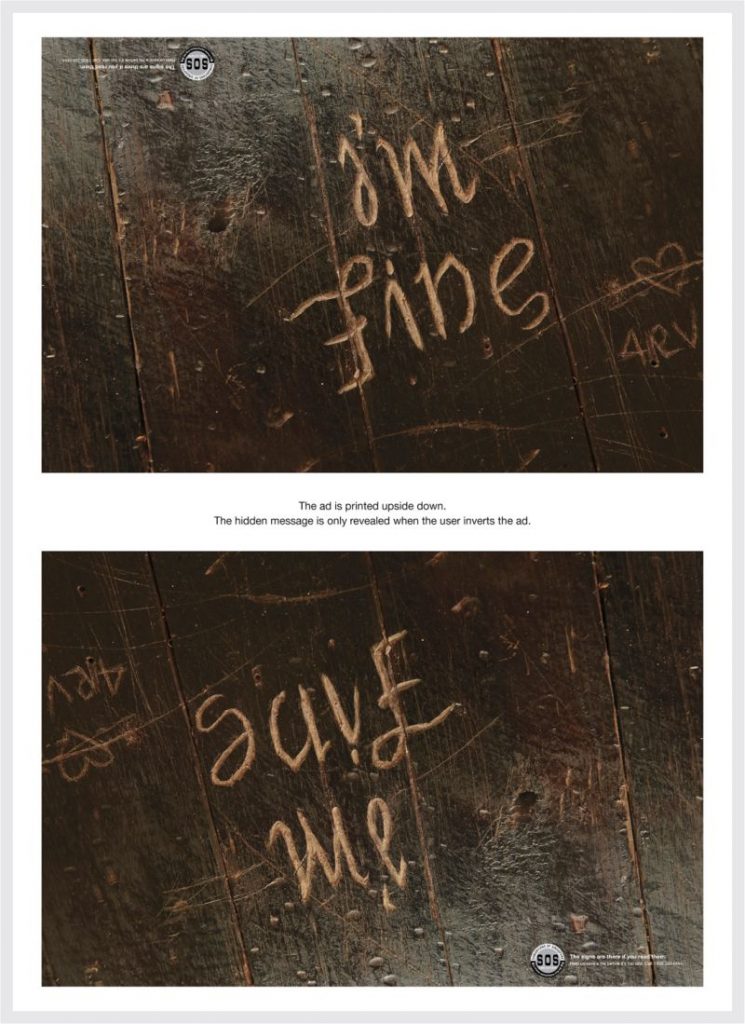
💎 If it’s hard to read, it’s hard to do (make it easy)
Tuck your chin into your chest, and then lift your chin upward as far as possible. 6-10 repetitions.
Lower your left ear toward your left shoulder and then your right ear toward your right shoulder. 6-10 repetitions.
Excerpt from: 100 Things Every Designer Needs to Know About People (Voices That Matter) by Susan Weinschenk
♦️ Mercedes-Benz Online Store

💎 Analysing successful brands can be misleading (survivorship bias)
The models whose success we admire are, by definition, those who have succeeded. But out of all the people who were “crazy enough to think they can change the world,” the vast majority did not manage to do it. For this very reason, we’ve never heard of them. We forget this when we focus only on the winners. We look only at the survivors, not at all those who took the same risks, adopted the same behaviors, and failed. This logical error is survivorship bias. We shouldn’t draw any conclusions from a sample that is composed only of survivors. Yet we do, because they are the only ones we see.
Our quest for models may inspire us, but it can also lead us astray. We would benefit from restraining our aspirations and learning from people who are similar to us, from decision makers whose success is less flashy, instead of a few idols
💎 On why partial knowledge is often victorious over full knowledge (it conceives things as simpler than they are)
Such misleading stories, however, may still be influential and durable. In Human, All Too Human, philosopher Friedrich Nietzsche argues that “partial knowledge is more often victorious than full knowledge: it conceives things as simpler than they are and therefore makes its opinion easier to grasp and more persuasive.”
Excerpt from: The Myth of Experience: Why We Learn the Wrong Lessons, and Ways to Correct Them by Emre Soyer and Robin M Hogarth
♦️ Mercedes-Benz Wind Turbine

💎 On flawed marketing language leading to flawed assumptions about how ads work (actively engage)
Finally, there are the words with inbuilt flawed assumptions. Step forward all those plans aiming to encourage ‘active engagement’, make ads more ‘persuasive’, ‘force reappraisal’, ‘strengthen the brand-consumer relationship’, ‘drive brand loyalty’, and so on. These words all sound harmless enough, but the assumptions and principles built into them are flawed. That means they knock marketing effectiveness off course. By and large, people don’t want to ‘actively engage’ or have ‘strong relationships’ with brands, advertising or even ‘consumer generated content’. And they don’t need to for marketing to be successful. Communication can work without ‘persuasion’ or ‘reappraisal. In fact, it needn’t actually ‘communicate’ much at all. And as we’ve said before, brand loyally is loudly an irrelevance.
Excerpt from: How not to Plan: 66 ways to screw it up by Les Binet and Sarah Carter
♦️ Burger King Suez Canal Whopper

💎 On the danger of a theory-free analysis of mere correlations (winter detector)
The ‘winter detector’ problem is common in big data analysis. A literal example, via computer scientist Sameer Singh, is the pattern-recognising algorithm that was shown many photos of wolves in the wild, and many photos of pet husky dogs. The algorithm seemed to be really good at distinguishing the two rather similar canines; it turned out that it was simply labelling any picture with snow as containing a wolf. An example with more serious implications was described by Janelle Shane in her book You Look Like a Thing and I Love You: an algorithm that was shown pictures of healthy skin and of skin cancer. The algorithm figured out the pattern: if there was a ruler in the photograph, it was cancer. If we don’t know why the algorithm is doing what it’s doing, we’re trusting our lives to a ruler detector.
Excerpt from: How to Make the World Add Up: Ten Rules for Thinking Differently About Numbers by Tim Harford
💎 On the lack of data proving the effectiveness of ad campaigns (designed to boost loyalty)
The advertising industry – whose only important asset is ideas – has learned nothing from this. We keep heading in the wrong direction. We keep bulking up everything in our arsenal except our creative resources. Then we take the people who are supposed to be our idea people and give them till 3 o’clock to do a banner.
Sure, we need people who are tech-savvy and analytical. But more than anything, we need some brains-in-a-bottle who have no responsibility other than to sit in a corner and feed us crazy ideas. We keep looking to “transform” our industry but ignore the one transformation that would kill.
Excerpt from: How not to Plan: 66 ways to screw it up by Les Binet and Sarah Carter
♦️ Aiad Roastery As Sweet As Fruit

💎 Short deadlines can be more effective at encouraging behaviour than long ones (Big Ben Problem)
The Big Ben Problem suggests that introducing a limited time window may encourage people to seize opportunities for treats. Imagine you’ve just gotten a gift certificate for a piece of delicious cake and a beverage at a high-end French pastry shop. Would you rather see the gift certificate stamped with an expiration date two months from today, or just three weeks from now? Faced with this choice, most people were happier with the two-month option, and 68 percent reported that they would use it before this expiration date. But when they received a gift certificate for a tasty pastry at a local shop, only 6 percent of people redeemed it when they were given a two month expiration date, compared to 31 percent of people who were given the shorter three-week window. People given two months to redeem the certificate kept thinking they could do it later, creating another instance of the Big Ben Problem
Except from: Happy Money: The New Science of Smarter Spending by Elizabeth Dunn and Michael Norton
♦️ Greenpeace Plastic is Everywhere

💎 One danger of the increasing move to digital payments is the reduction in the pain of payment (overspending)
This detachment also makes it harder to remember how much we’ve spent. When researchers asked thirty people to estimate their credit card expenses before opening their monthly bill, every single individual underestimated the size of their bill—by an average of almost 30 percent.
Except from: Happy Money: The New Science of Smarter Spending by Elizabeth Dunn and Michael Norton
💎 On the power of sparking the audience (curiosity)
I can think of nothing an audience won’t understand. The only problem is to interest them; once they are interested they understand anything in the world.
-ORSON WELLES
Excerpt from: How to Make the World Add Up: Ten Rules for Thinking Differently About Numbers by Tim Harford
♦️ Nescafe Coffee Alarm
